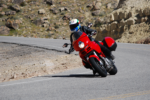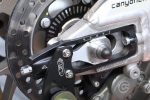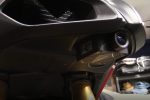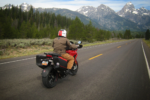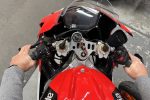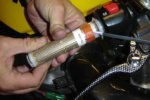Bridgestone BT-023 Sport Touring Tire Test
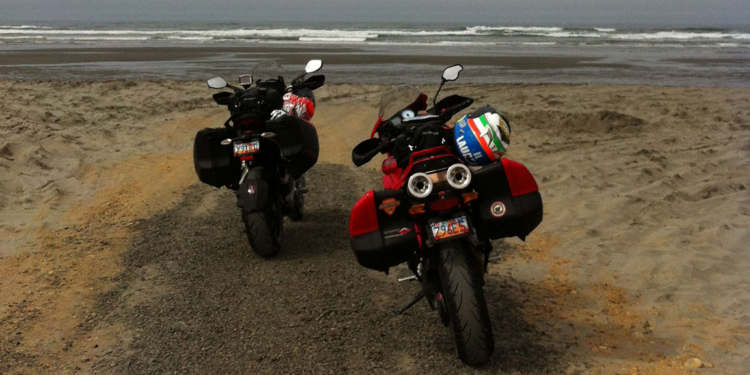
While most sport-touring tires tend to be “sport” based tires with added features to help them last longer, Bridgestone has always taken the opposite approach by taking a touring tire and modify them to provide the greatest amount of grip. This thinking made the BT-021 one of our favorite long-life tires. While most “sport-touring” tires from other manufacturers would be worn out in about 3,000 miles or so, the Bridgestone was lasting us upwards of 5,000 miles. The cost however, was the tire could easily be overwhelmed with “spirited” riding or hot temperatures. Despite that, the BT-021 was the tire we most often chose when we were plunking down our own hard earned cash for sticky buns.
In 2010 Bridgestone replaced or beloved BT-021 with a brand new BT-023. In fact, when the BT-023 was announced we were saddened because of how much we loved the old BT-021 for its long life and reasonable grip.
The replacement tire appeared to be similar at first glance; dual-compounds for better life, lots of silica for better wet and cold weather performance but it also had a few more things added to the brochure that kinda piqued our interest.
The Brochure
Bridgestone said the main goals for the 023 were better life and better grip/better wet weather grip – two seemingly opposing concepts. But to do this, Bridgestone said they modified the tire compounds while developing the new tread patterns to help the two features of the tire work better together.

Silica is what makes a tire grippy – too much silica and a tire will grip great but wear out quickly too little silica and a tire will not provide much traction. Silica helps the tire stay soft at low temperatures and repels water, helping the tire stick in wet conditions. Every tire has silica in various amounts, but in addition to the traditional silica, the new ‘Stone added what they call an “RC Polymer”. According to Bridgestone, RC Polymers can control the change of rubber properties in any temperature and help the Silica be more effective and help the tire hang onto the road throughout a wider array of weather conditions.
We really dug the tribal pattern BT-021, but the tread pattern on the new 023 has three features working to make the front tire better. Long angled lines going towards the edge of the tire are designed to increase the tires life. The V running down the center of the tire were designed to provide better feel during braking and the occasional T pattern are supposed to make the tire handle more consistently from upright to leaning (i.e. trail-braking). Out back, Bridgestone went to a wide sipe-less center contact patch to provide more upright grip and longer life. This is a popular trend in modern Sport Touring tires. We first saw this with Metzeler Z6’s almost ten years ago, but it’s now common on many brands.
Bridgestone also modified the dual compound ratio’s on their rear tire. The harder rubber in the center of the tire got narrower while the softer rubber on the sides got wider. Since we spend most of our time looking for wiggly roads with lots of corners, we liked the idea of giving us a larger soft-compound contact patch while heeled over. Bridgestone also modified the belt construction using what they call an “MS Belt.” They say the MS-Belt provides better bump absorption, grip and more stability at higher speeds. The stiffer carcass also allows Bridgestone to use softer and gripper compounds because the controlled flexing of the tire prevents the rubber from wearing away too quickly.
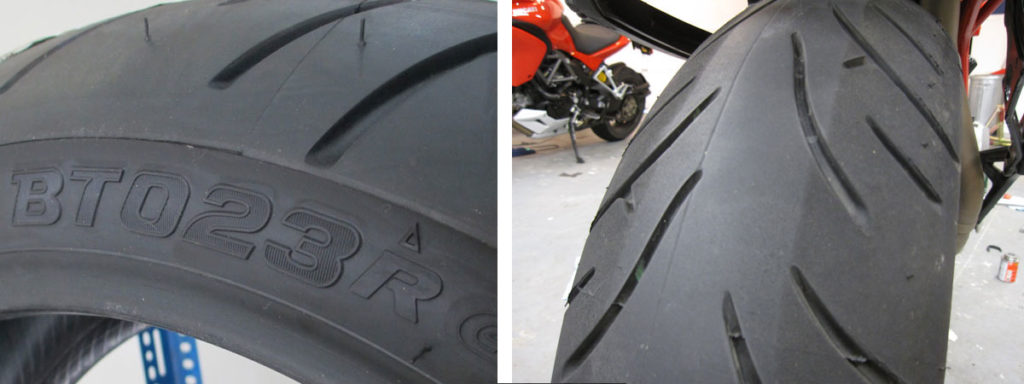
Okay, enough of the brochure/marketing stuff. It all starts to sound the same after a while anyway. So how does this tire perform? If you are like most people, you may fear that a tire that offers this kind of longevity wouldn’t grip very well – well, you’d be wrong. We don’t want to jump to the end of the story just yet, but this tire sticks like an embarrassing nickname.
Carcass
But lets go back a little bit. One thing you may notice with the Bridgestone is the carcass is extremely stiff. In the olden days a stiff carcass meant a brutal ride, but these still seem to have really good bump absorption, however, the stiff carcass does seem to help the bike feel really stable over a wider array of loads, from the single rider to fully packed with a passenger, the tires maintain a consistent “feel”. The stiff carcass also helps to communicate whats going on down at the contact patches without feeling like its about to lose traction at any moment.
Another thing we liked about the stiff carcass is how well our bikes behaved when the pace becomes more spirited. The firm tire construction was unaffected as speeds increased, unlike many softer compound tires where the higher speeds deform the tire more and more, changing the bikes handling characteristics.
Profile
Which brings us to profile. Most tires tend to either be fairly pointy, which is great for sport riding or really rounded which tends to be much better for touring applications. The ‘023 is probably one of the most neutral profiles we’ve run. It doesn’t offer that super-light turn-in feel like a true sporty tire, nor does it feel heavy and sluggish like a super-round touring tire can. We honestly would prefer a little more aggressive profile, but all in all, the ‘Stone really splits the difference nicely.
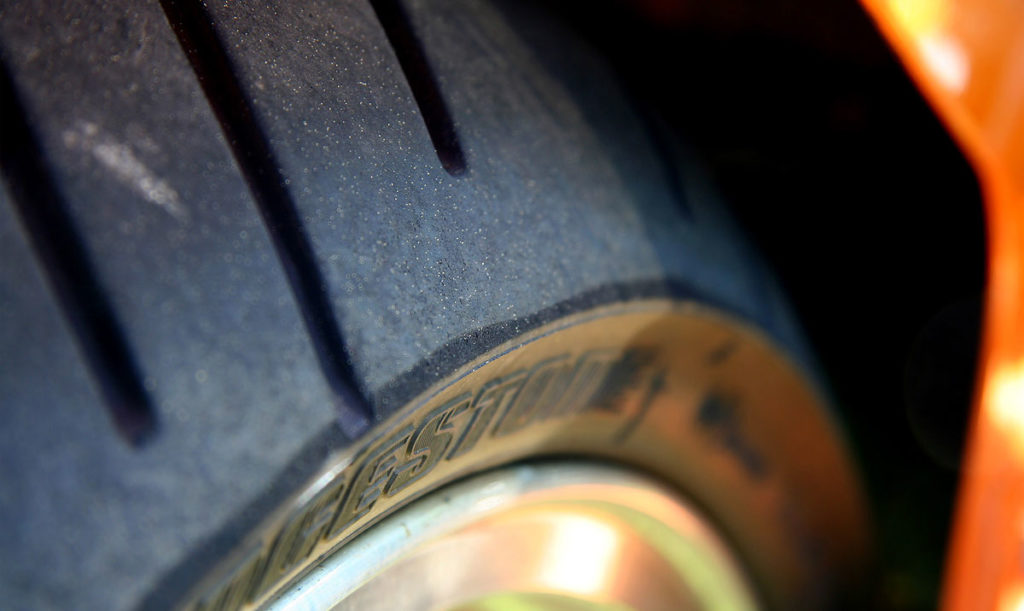
Wear and Grip
Every tire you buy is a compromise between wear and grip. Trying to find the perfect balance has been the plight of tire engineers from the very beginning. Modern technology has made massive improvements over the last few years. These BT-023’s do not disappoint.
Wear on this tire is exemplary. It is currently our high-mileage leader, beating out every other dedicated sport-touring tire we’ve used. We’ve been able to get upwards of 7,000 miles out of the set! Comparing it directly to to our other high-mileage contender, the Pilot Road series, you may be able to eek out more miles from the Michi, but our experiences with the French brand, and it’s tendency to bake out and become hard, makes the tire pretty much unusable well before all the tread wears away. Not so with the Bridgestone. We were not able to discern any noticeable loss in grip over the entire life of the tire, which, in our humble opinion, is one of the most important characteristics for any motorcycle tire.
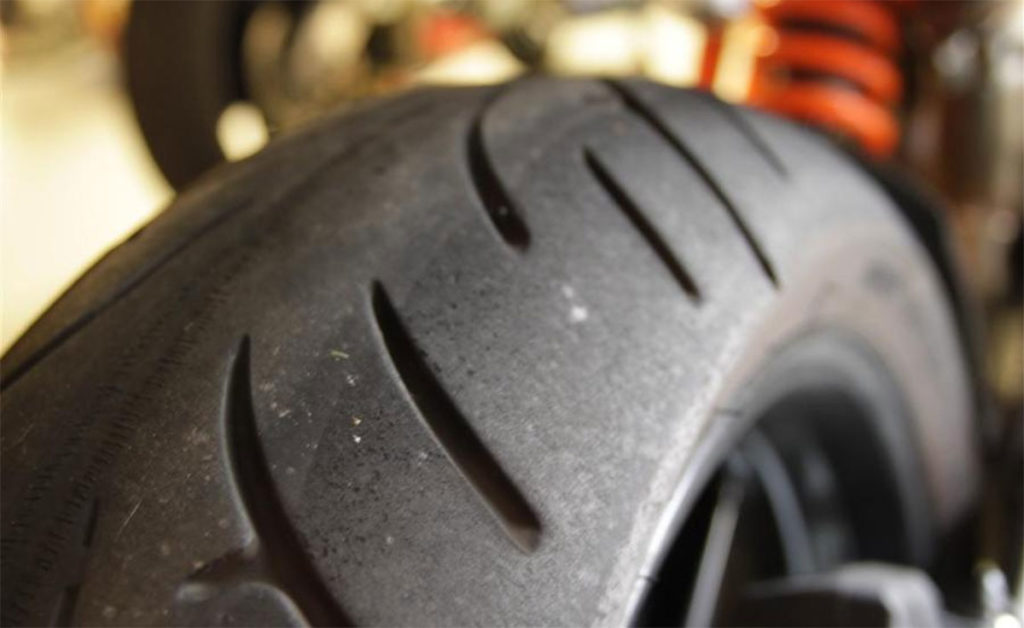
We simply do not have tolerance for a tire that slowly provides less and less grip as the tire wears. We liken this to the proverbial story of boiling a frog. Throw a frog in hot water and he jumps out, but put a frog in cool water and slowly raise the heat until it boils and he’ll sit there until it’s all over. Tires are too critical of a safety item when you only have two of them keeping you from hitting the ground and we want it to perform the same from beginning to end.
Now for grip. We already told you the tire had fantastic traction levels. During the many, many miles we’ve put on the BT-023, we have never been able to exceed the available adhesion levels during any kind of street riding, from brutal cold, sweltering heat to torrential downpours. We were able to get them greasy while riding on the track, but even then only after almost an entire session at a pretty spirited track pace where there were no long-straights to allow the tire to cool down.
Summary
As of this writing (July 2012), the Bridgestone BT-023 is our top pick for sport-touring tires. We really have no complaints about the performance of this tire in any condition. Plus, most importantly, they offer some of the best longevity we’ve seen in a Sport Touring tire, ever! (Check out or tire-mileage chart to see how these compare).
Our only complaint about the tire has to do with the tread pattern. Many, many sport-touring tires have eliminated any siping (tread pattern) down the center of the rear tire. This is for added life and stability relying on the front tire to shed water away. No doubt this works, but since almost all of us wear out tires in the center first, it makes it hard to tell exactly when the tire is done. We really wish Bridgestone would put little wear dots down the center of the tire (the same thing used on slick race tires). When the dots wear away you’d be able to tell the tire is at the end of its service life and needed to be replaced.
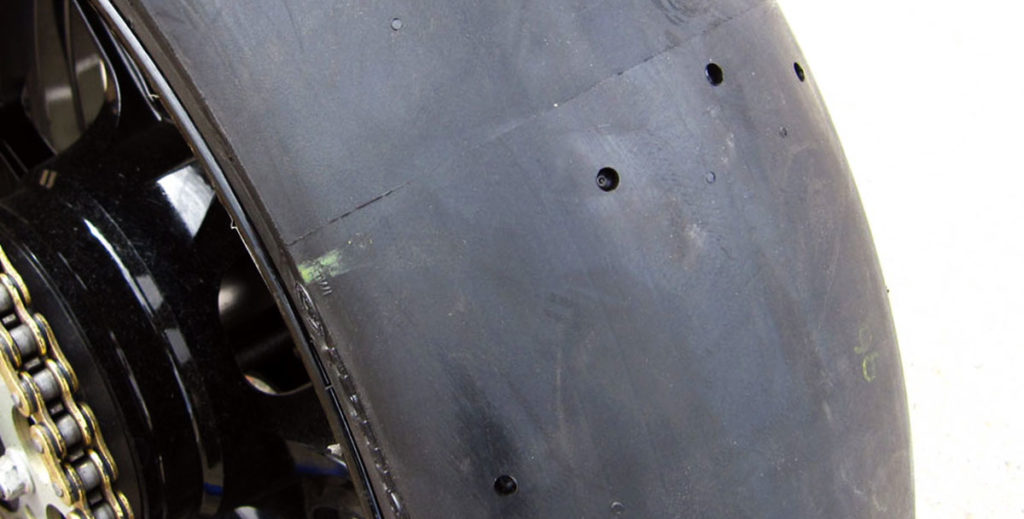
But as of right now (motorcycle tire technology is changing so rapidly), we think this is about the best Sport-Touring tire available on the market for most riders, bikes and conditions. Long life, good handling and plenty of grip; it’s hard to ask for much more.
For more information visit the Bridgestone BT-023 webpage.
